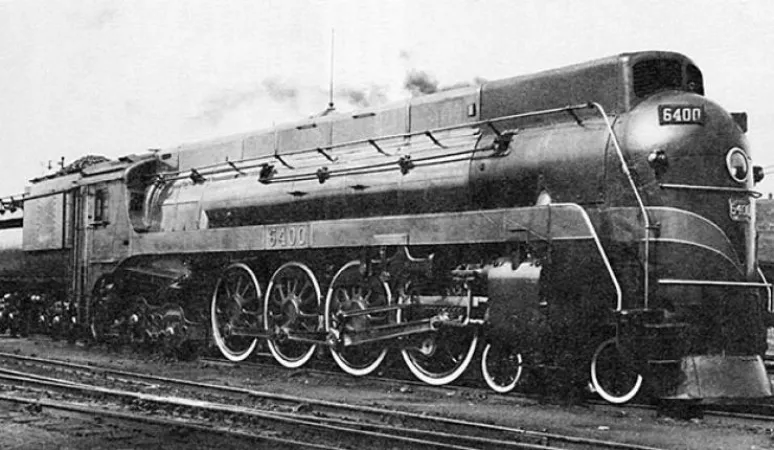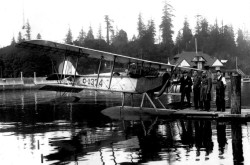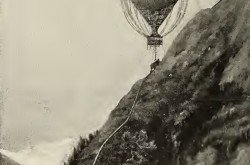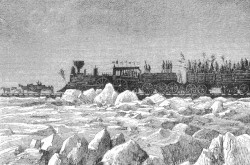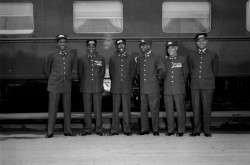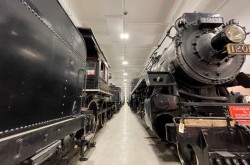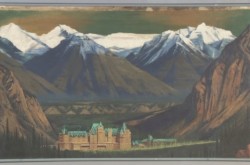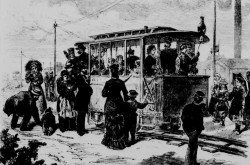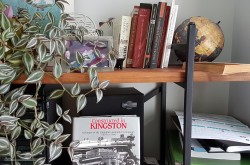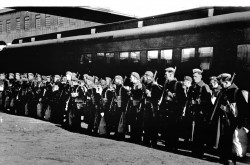Streamlined Locomotive
This article was originally written and submitted as part of a Canada 150 Project, the Innovation Storybook, to crowdsource stories of Canadian innovation with partners across Canada. The content has since been migrated to Ingenium’s Channel, a digital hub featuring curated content related to science, technology and innovation.
In the 1930s, National Research Council of Canada engineering helped to launch a new generation of streamlined locomotives. A sleek design grew out of an NRC project to improve the efficiency of locomotives and prevent smoke from obscuring the engineer’s view from the cab.
Reduced visibility was a serious safety issue, so Canadian National Railways (CNR) turned to NRC for a solution. Engineers used NRC’s new wind tunnel to test existing locomotive models and experiment with alternate designs, resulting in a sleeker, more aerodynamic shape.
By 1936, CNR unveiled its new NRC-designed locomotive series with considerable fanfare. Its chief rival, the Canadian Pacific Railway (CPR), soon had a similar locomotive in production. In 1939, the new CNR and CPRlocomotive designs were both chosen to pull the Royal train during a Canadian tour by King George VI and his wife, Queen Elizabeth. Later that year, the NRC-inspired CNR locomotive was featured at the World’s Fair in New York City.



